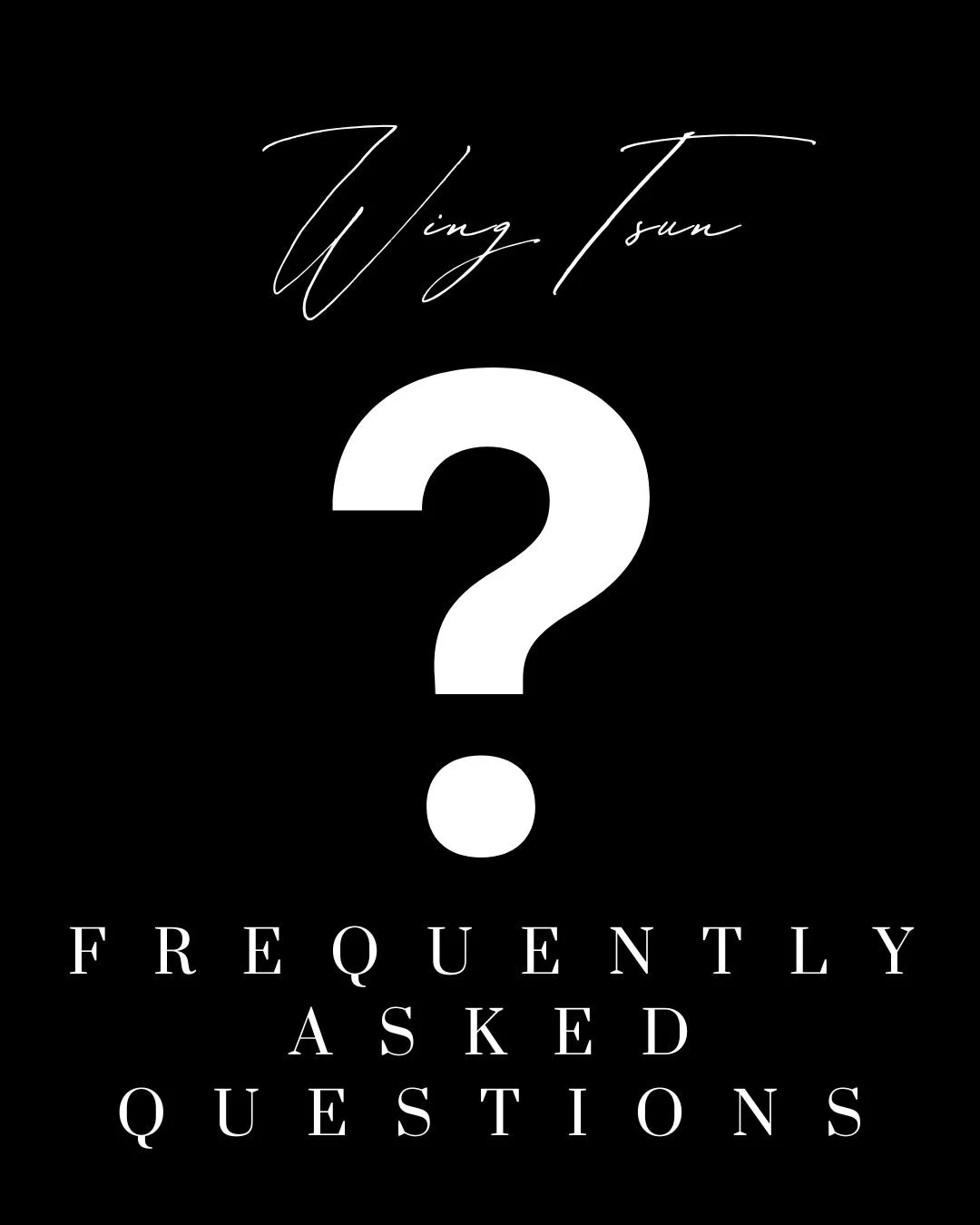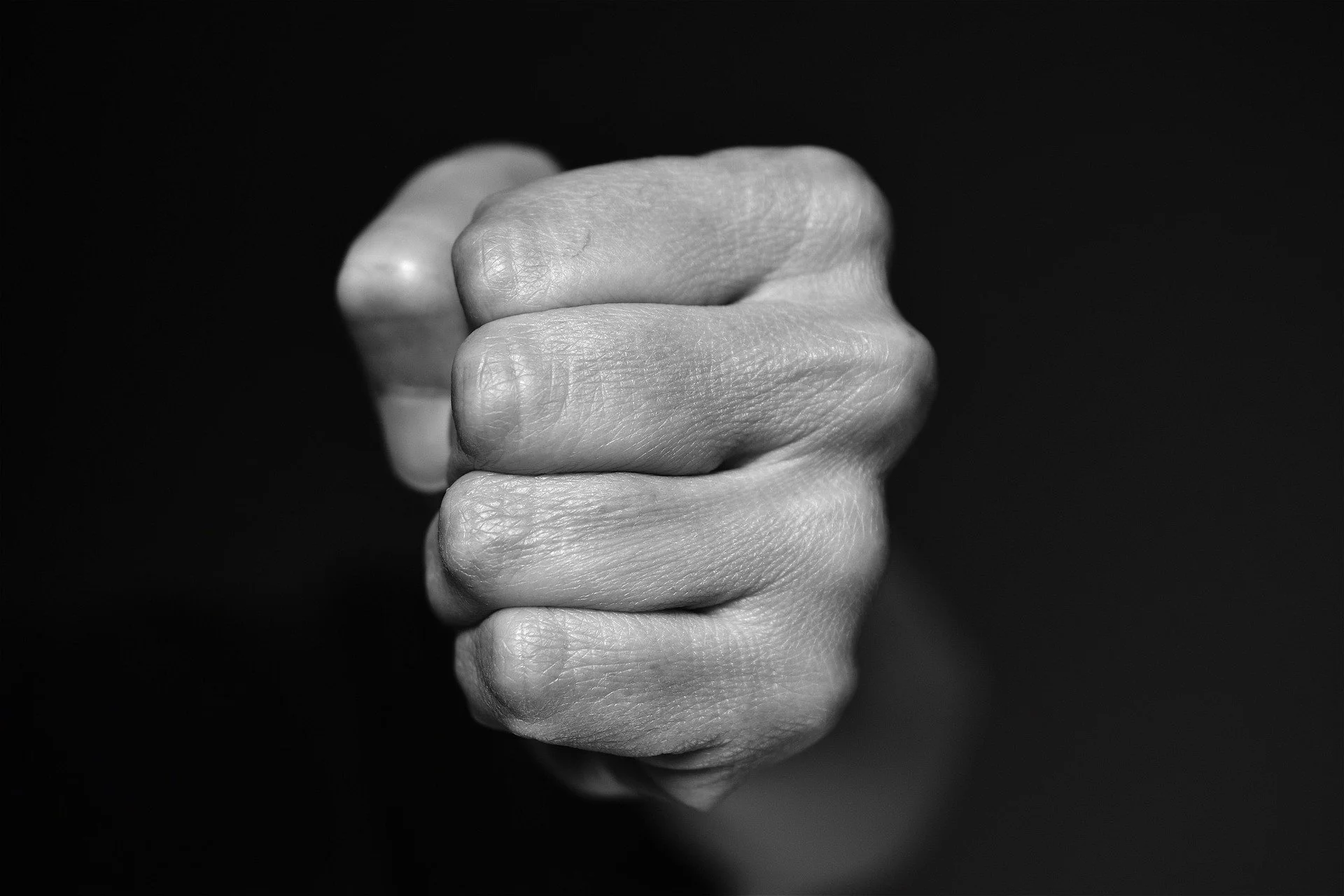In life, we constantly make trade-offs, often without realising it. One of the most valuable skills we can develop is learning to make these choices consciously—understanding what we are giving up to gain something else.
Read More1. Why does Wing Tsun always start with the left hand?
Wing Tsun starts on the left for practical reasons (most attackers are right-handed), balance (training both sides equally), and deeper philosophical and energetic reasons tied to Daoist and Buddhist principles.
Read MoreAs you’ve seen in the previous post, Wing Tsun beautifully blends the practical with the profound. Now, I want to take you deeper into some of the lesser-known aspects of why Wing Tsun starts on the left—drawing from science, energy flow, and ancient wisdom.
Read MoreStarting to learn Wing Tsun can be challenging. There’s a lot to take in and it can seem a little overwhelming if you not guided into the art – and especially if you’re not the most naturally talented (which I wasn’t). Indeed, so much so that it took me 6 months to realise that you started with the left hand on top in the first sequence
Read MoreMy name is Si-Fu Julian Hitch, and I am a Master of the beautiful art of Wing Tsun Kung Fu. I started training at 15, began teaching at 17, and by 18, I was teaching full-time. Over the years, Wing Tsun has taken me across the world—from performing in China to teaching in the Middle East and the US.
Read MoreIs Wing Tsun effective for real-world self-defence? How does it compare to boxing or MMA? In this post, we answer the most common questions about Wing Tsun, drawing from real-world experiences with military professionals, security experts, and elite fighters. Get clear, practical insights into why Wing Tsun works when trained properly.
Read MoreYou don’t have to search long online to find so-called “experts” debunking Wing Tsun and Wing Chun. Why is that? To start with there are 3 common reasons:
Read MoreEver wondered why slowing down can actually make you faster? In Wing Tsun, the Go Slow to Go Fast principle is key to developing speed, precision, and mastery. This FAQ explores how Siu Nim Tao trains mindfulness, why stillness enhances reaction time, and how to apply this wisdom beyond martial arts. Discover the answers to your biggest questions on speed, stillness, and Wing Tsun’s unique approach to movement.
Read MoreIn Wing Tsun, there is an ever-present interplay between speed and stillness—an elegant paradox that lies at the core of Chinese philosophy. We see this dynamic in the Taoist philosophy of Yin and Yang, the contrast that shapes existence itself.
Read MoreThe swords in Wing Tsun works on many levels. Like all the training in Wing Tsun it immediately illustrates two aspects of human nature – survival and thriving. Like all training in Wing Tsun it works from the principle of preparing for the worst while cultivating the best.
Read MoreWhat if a weapon could teach you peace?
Knives—no matter how you look at them—are deeply evocative. At first glance, they seem aggressive, symbols of violence and conflict. But in Wing Tsun and other traditional martial arts, the blade becomes something entirely different: a tool for connection, empowerment, and self-discovery.
Read MoreI wish you all a very Happy Chinese New Year! In Chinese tradition, this is Year of the Snake, which is a time of wisdom, strategic growth, and profound transformation. The Snake and transformation are embedded deep in the psyche of Wing Tsun.
Read MoreI’m delighted to be back writing blogs again. Writing has always been a significant part of my Wing Tsun journey—a way to delve deeper into the art, explore its beauty and intricacy, and share those discoveries with others.
Read MoreWith this Thursday being International Women’s Day it couldn't be a more appropriate time to discuss the female heritage of Wing Tsun Kung Fu and its empowering methodology.
Read MoreSi-Fu Julian takes pride in maintaining strong links to local communities. Learn about the charities that Si-Fu Julian has supported through his work.
Read MoreWing Tsun Kung Fu is the ultimate expression of Yin and Yang ever created in a martial art. Read about the importance of Yin and Yang in Wing Tsun.
Read MoreEver wondered what the words Si-Fu actually mean? Read on to explore the origins and understand the term.
Read MoreRead about the success of Si-Fu Julian's relationship with Leon, bringing lessons from Wing Tsung to the corporate world.
Read MoreRead about Si-Fu Julian's journey so far, from his first experience of Wing Tsun, to his serendipitous meeting withGrandmaster Máday Norbert.
Read More


















